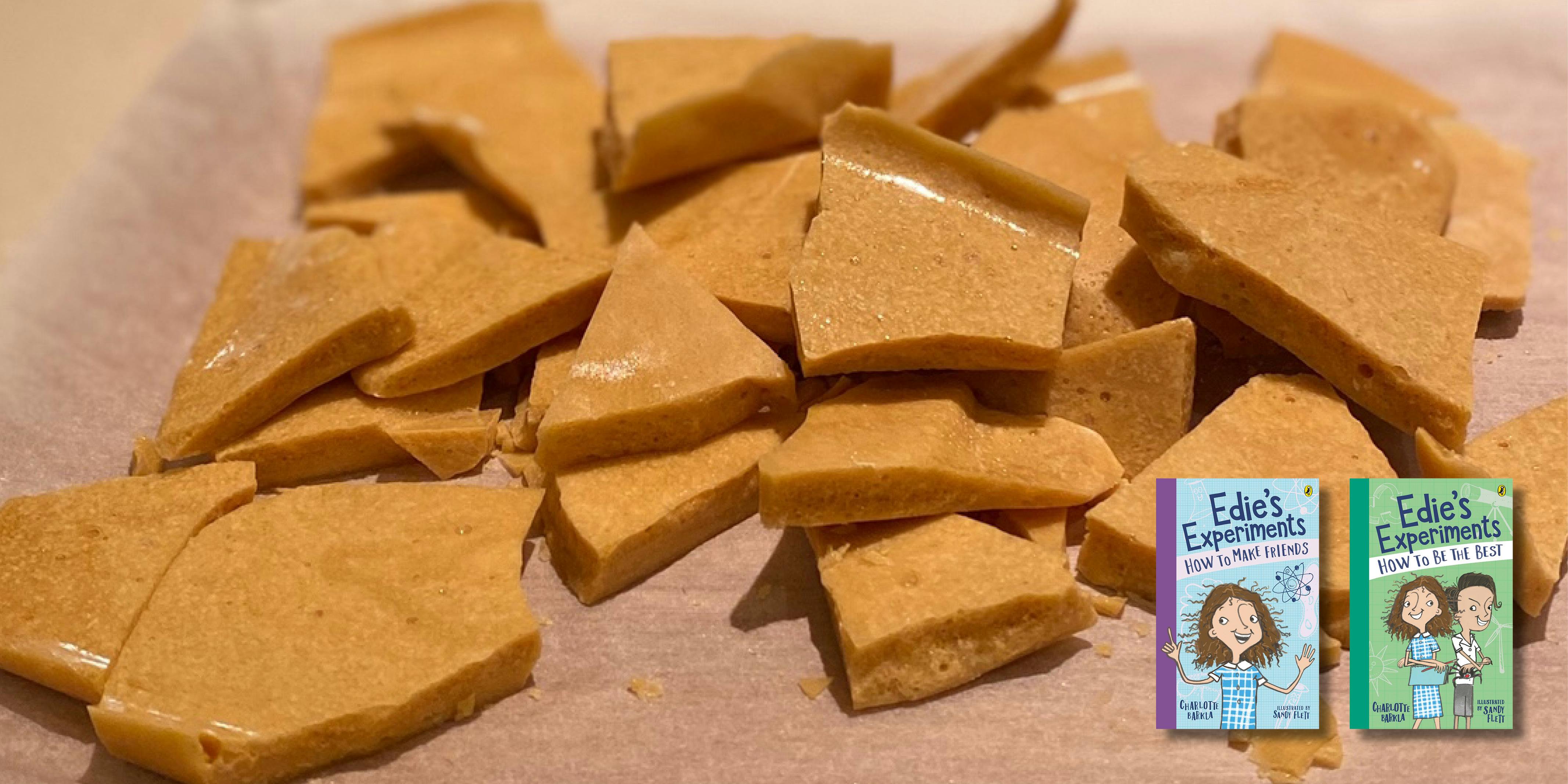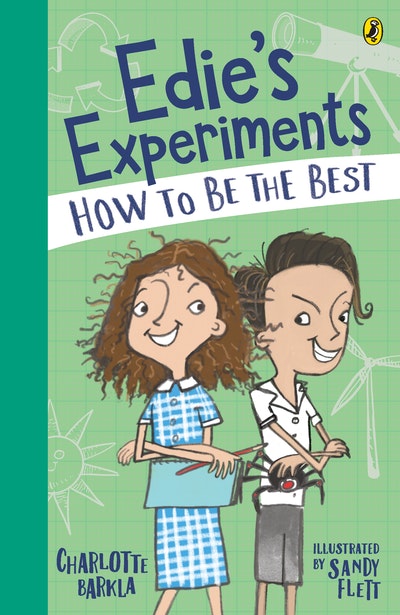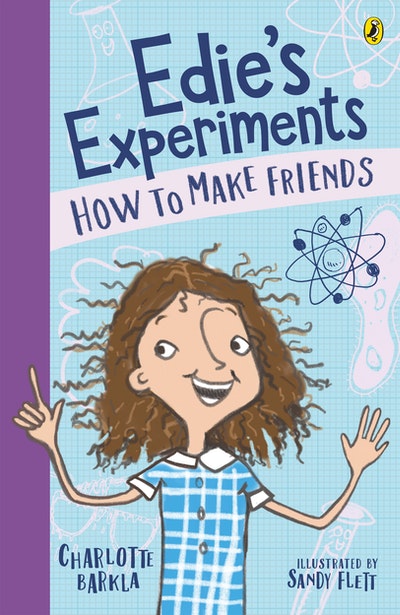Observe the chemical reaction of making honeycomb at home in National Science Week 2020.
For parents and teachers:
This is a fun activity that shows how chemistry and cooking are related. Adult supervision is needed for this one, as it involves a hot stove.
For students:
Edie loves to experiment with food, and making honeycomb is one of her favourite chemical reactions!
But, unlike the time she mixed up the ingredients while baking cookies for her classmates (resulting in the infamous Bitter Bikkies incident), honeycomb is a guaranteed winner!
(You can read more about Edie's story in Edie's Experiments 1: How to Make Friends or read an extract from the book here.)
Making Honeycomb
Aim: To observe a chemical reaction, and create a delicious treat!
Equipment:
- large saucepan
- baking tray, lined with baking paper
- hot plate
- wooden spoon
- 1 cup white sugar
- 1/3 cup golden syrup
- 3 tablespoons of water
- 2 teaspoons of baking soda
Method:
1. Combine sugar, golden syrup and water in a large saucepan. (Tip: make sure the saucepan is much larger than what is needed to hold the ingredients, because the mixture will double in size!)
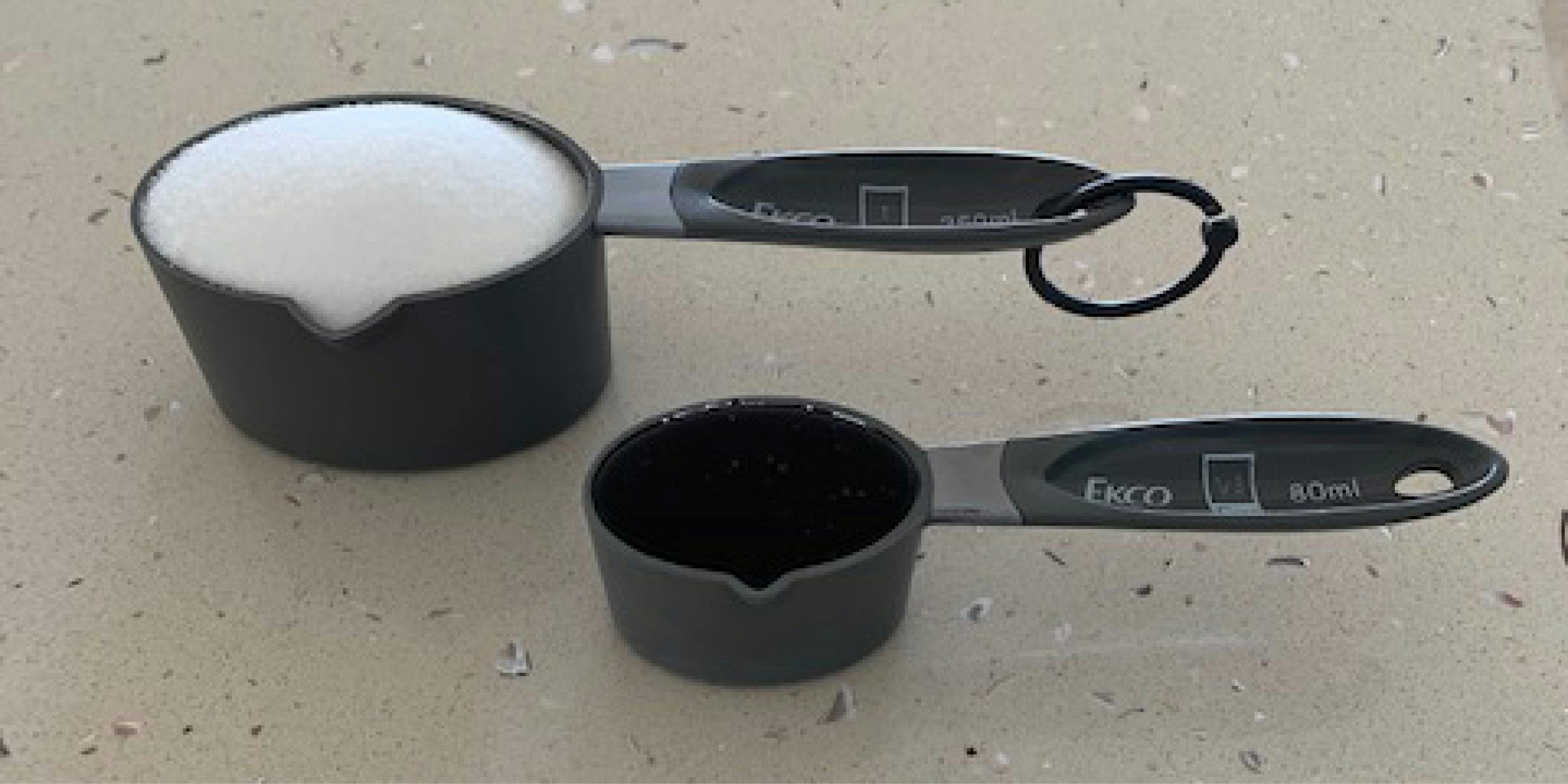
2. Heat the saucepan on the hot plate until the sugar is dissolved.
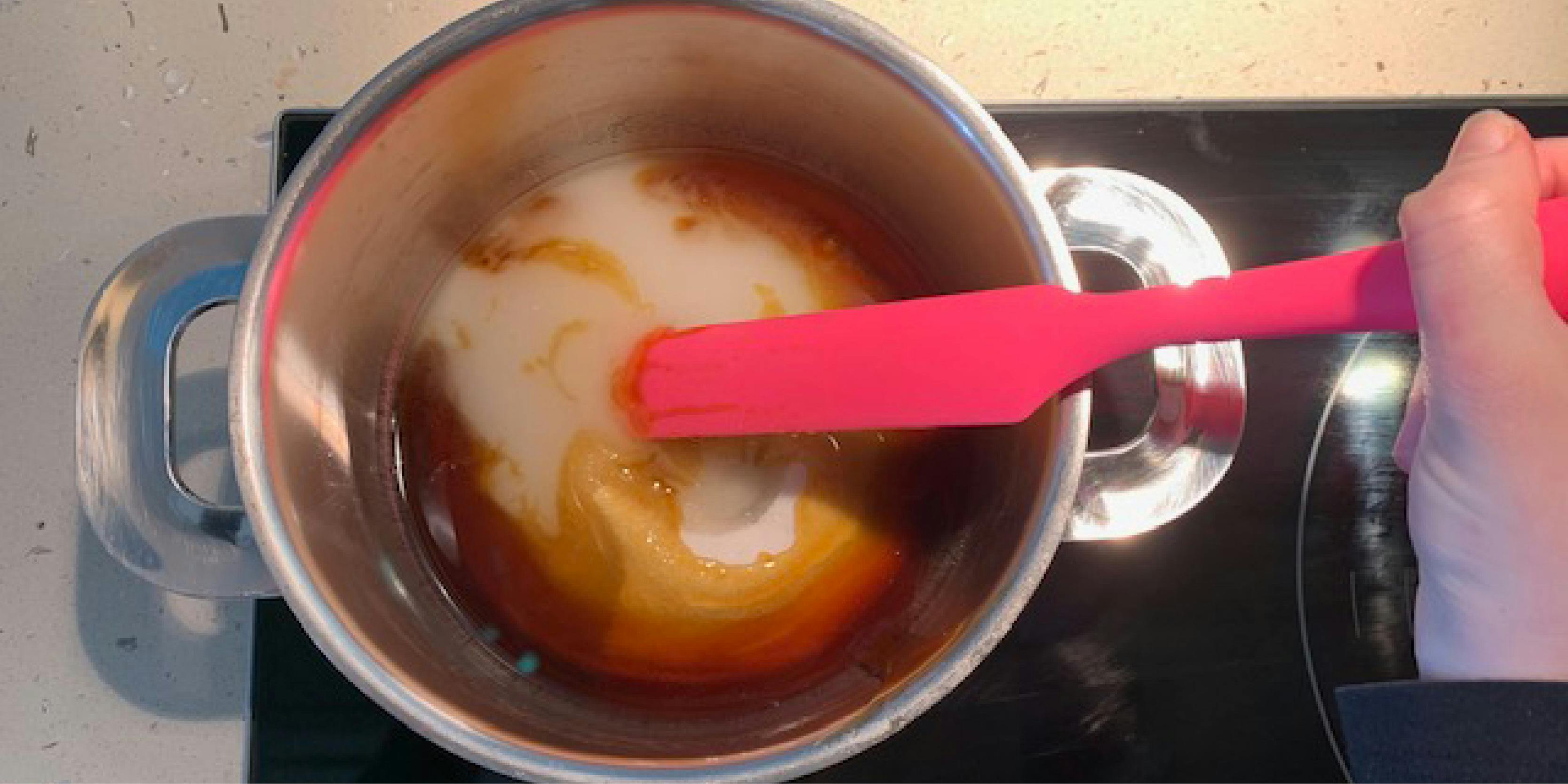
3. Bring the mixture to the boil, then simmer for seven minutes (or until the mixture is amber-coloured) without stirring.
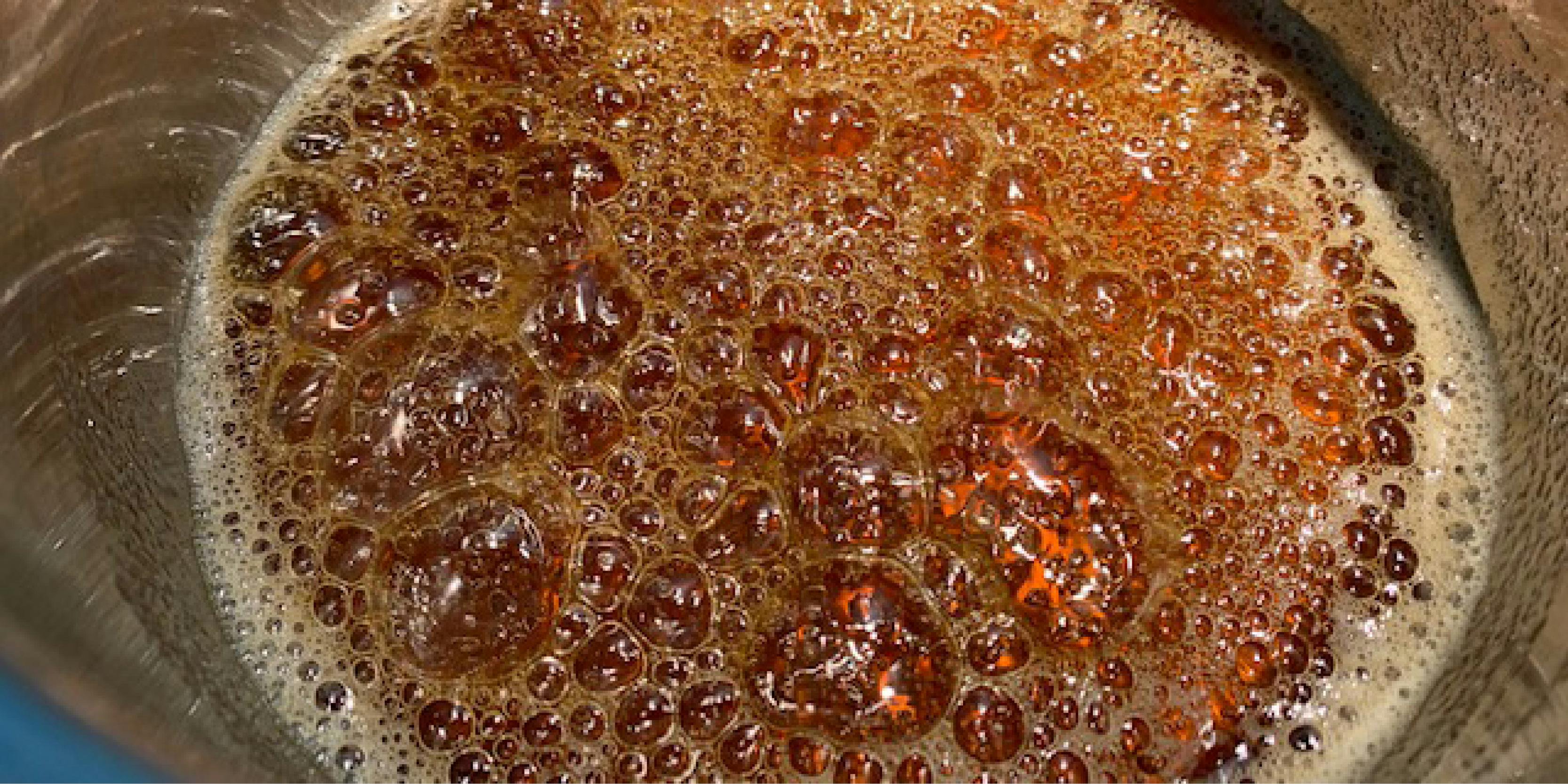
4. Ready for the chemical reaction? Remove the saucepan from the heat, then straight away add the baking soda and mix it through with a wooden spoon. (The mixture will froth up, doubling in size!)
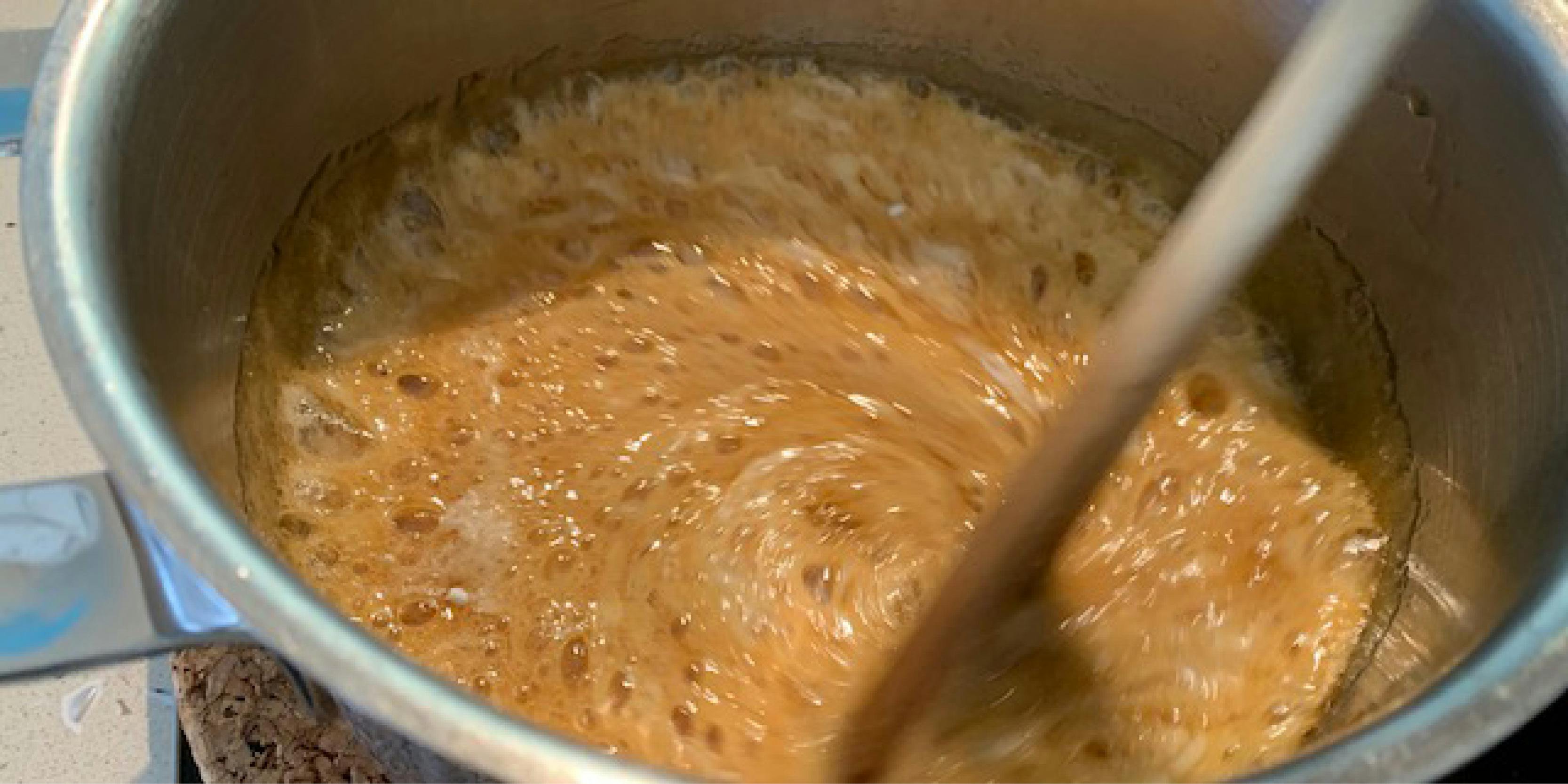
5. Pour the mixture into the tin, then refrigerate. (Tip: Make sure to pour it in quickly, otherwise it might set in the saucepan!)
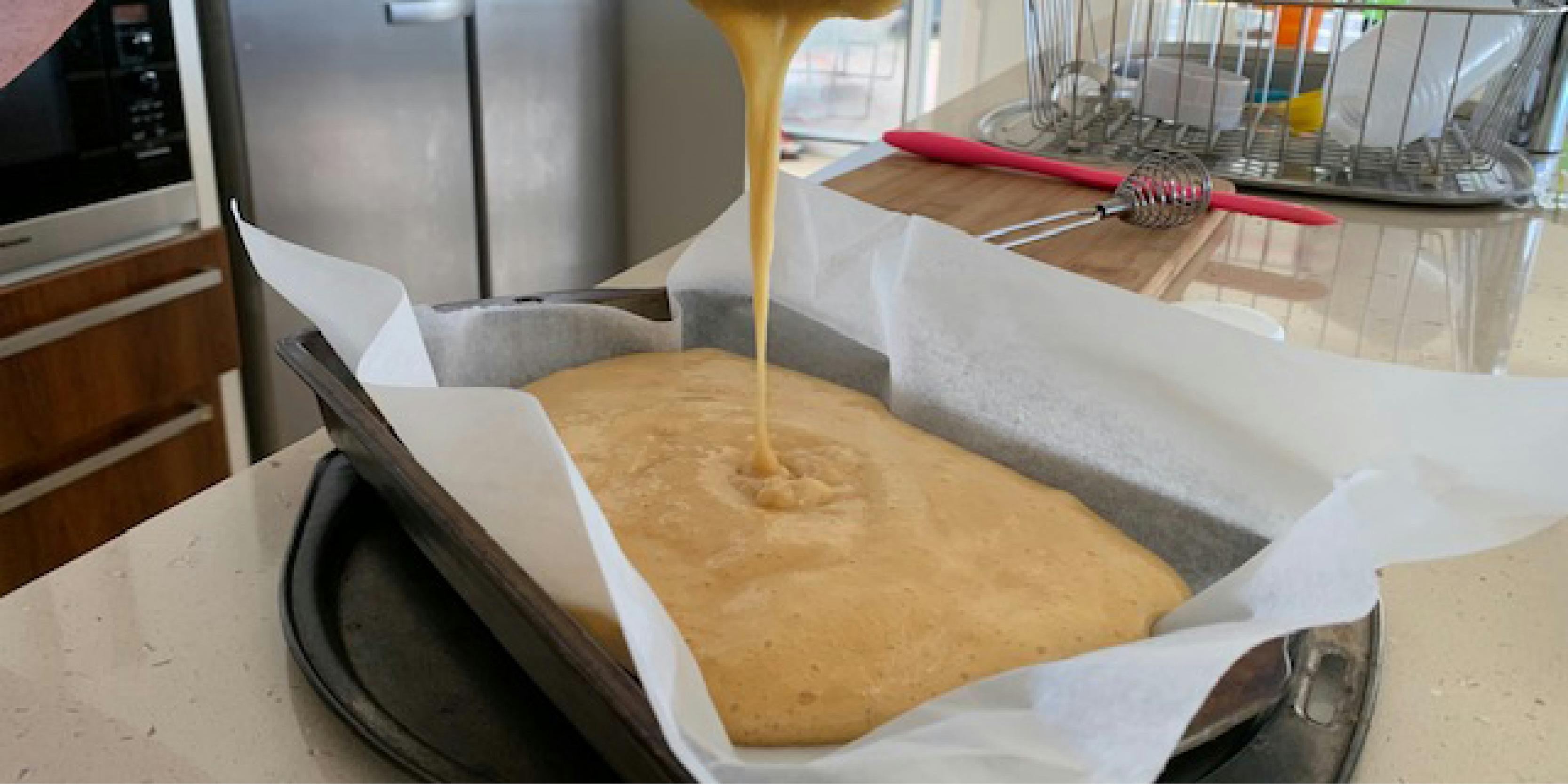
6. Once the honeycomb has cooled, break it into pieces.
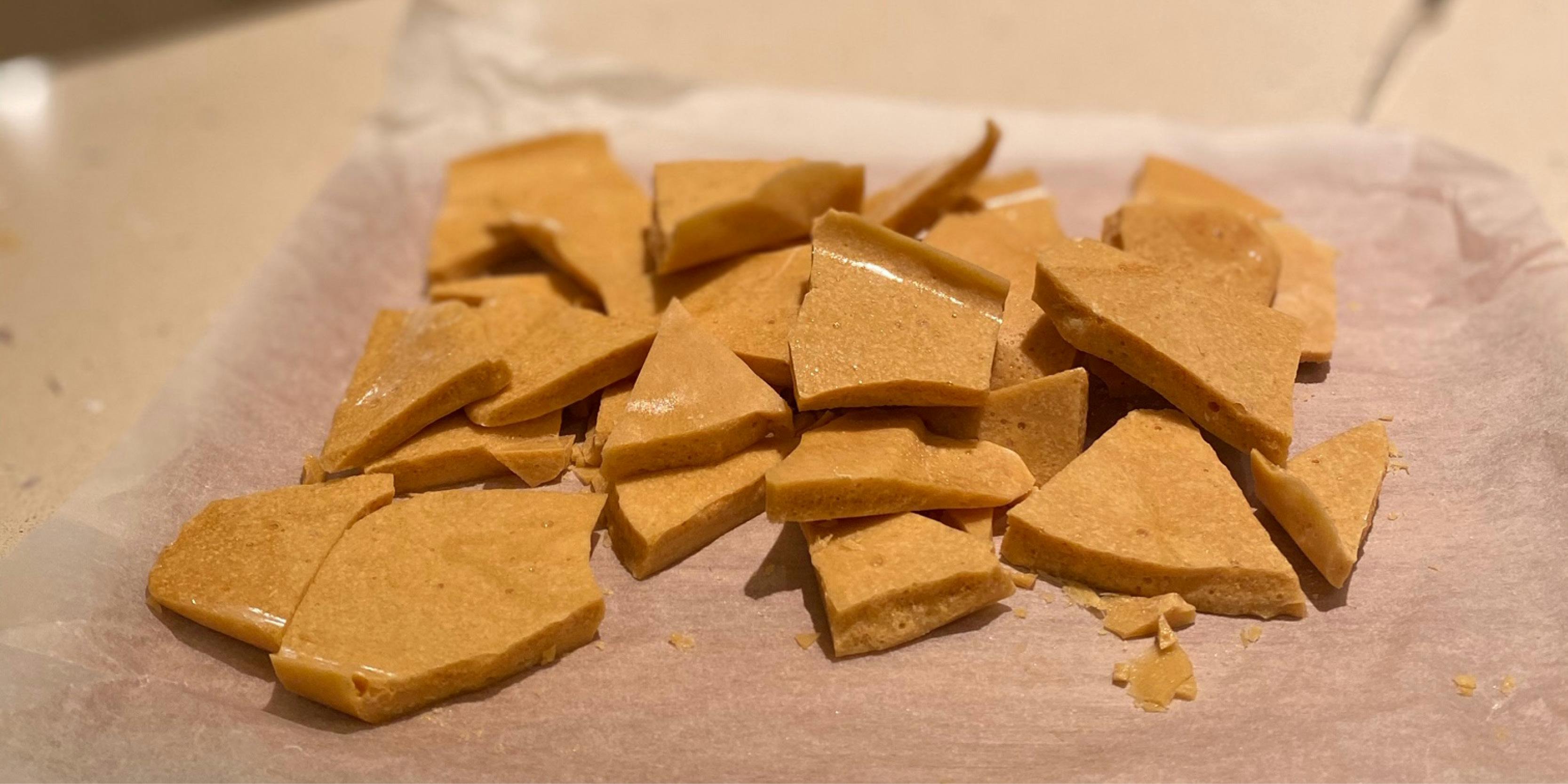
7. Enjoy your delicious, science-y treat.
Science Facts:
When the baking soda is added to the sugar mixture, the heat from the sugar breaks down the baking soda, causing it to release carbon dioxide gas. The gas tries to escape, causing the mixture to froth up! The gas also creates the honeycomb’s unique texture. (When you break the honeycomb into pieces after it has cooled, you may notice some bubbles, showing where the gas tried to escape!)
